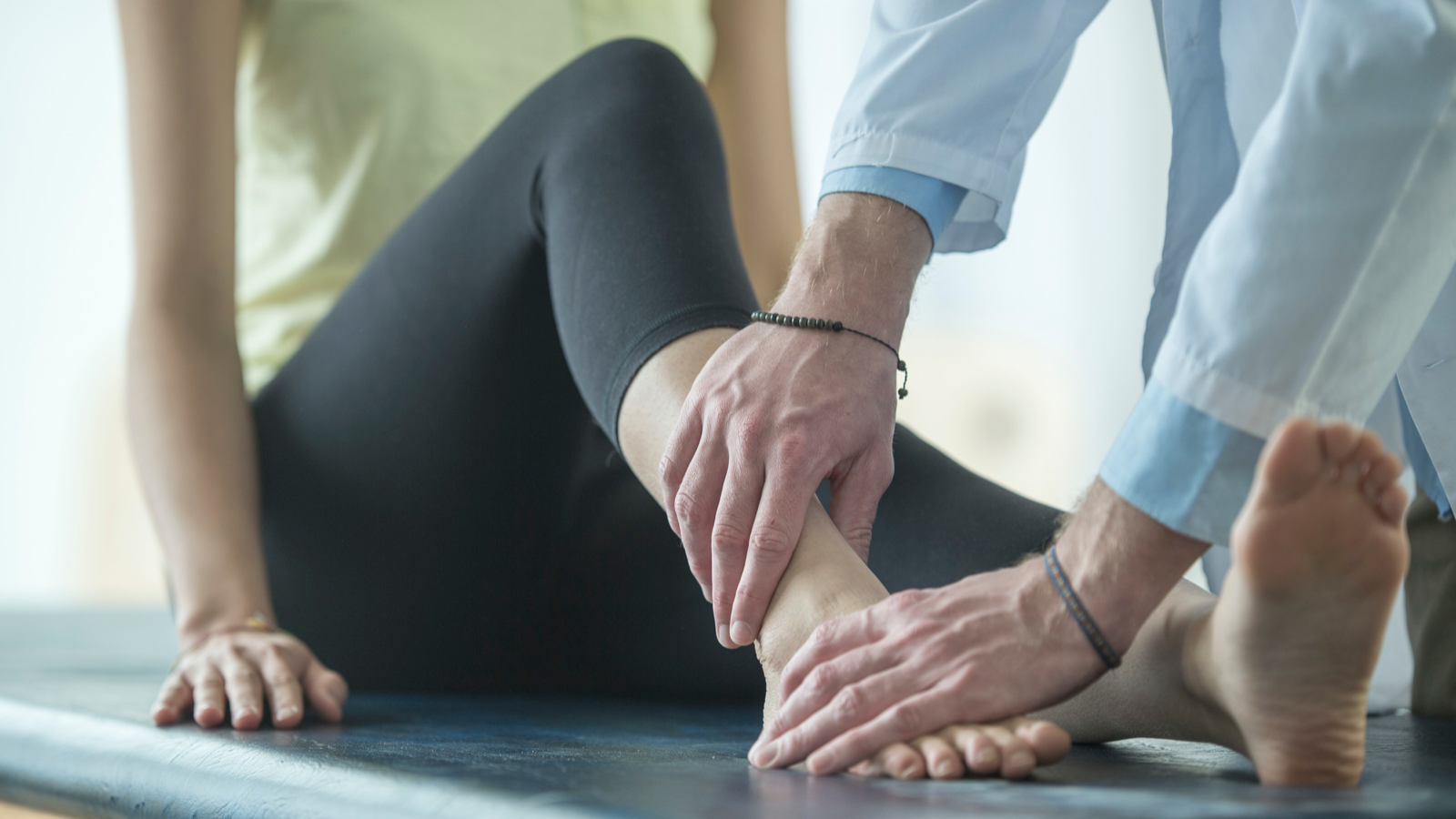Manual Therapy (MT) is a hands-on technique performed by physical therapists. Clinicians will apply a skilled, passive movement of joints and soft tissues directly or indirectly to anatomic structures that may be causing someone decreased range of motion or pain. Benefits of manual therapy include increasing relaxation, improving tissue extensibility, increasing range of motion, decreasing pain, and reducing swelling and inflammation. Due to the number and variety of manual therapy benefits, they are widely used as an assessment and treatment technique by physical therapists. Joint mobilization is a common manual therapy technique used to treat musculoskeletal conditions.
Joint Mobilizations
Assessment
A joint is where two bones meet to allow movement of your body. For example, your femur creates the knee joint with your tibia and fibula to allow your knee to bend and straighten. The movement of the joint surfaces relative to each other is called arthrokinematics which includes rolling, gliding, and spinning. These motions allow you to create osteokinematic movements which include motions such as bending your knee or raising your arm. All these osteokinematic motions allow you to perform your household and work activities as well as move around to enjoy your interests. Joint mobility is the capacity of the joint to be moved passively by your clinician which evaluates the structure and integrity of the joint surface. If you are experiencing problems with your joints, your physical therapists may find hypermobility or hypomobility during this exam. Hypermobility is too much motion while hypomobility is limited motion which can all contribute to any movement dysfunction you may be experiencing.
Treatment
Once your physical therapist examines your joint mobility and diagnoses your movement disorder, they may incorporate joint mobilizations into your plan of care. As mentioned previously, some of the benefits of joint mobilizations are to increase joint extensibility and range of motion for a hypomobile joint, decrease musculoskeletal pain that involves the joint, promote relaxation, and improve muscle performance. Joint mobilizations can be a great additional treatment technique used by your physical therapist to help improve your mobility. Even though the benefits of joint mobilizations sound wonderful, some patients may be apprehensive about allowing a clinician to touch and mobilize the part of their body that is the cause of pain or dysfunction. The good news is that physical therapists are educated and licensed clinicians that will carefully assess and monitor patients to make sure they are appropriate to have this treatment. Furthermore, there is a low risk of any serious complications.
If you find yourself experiencing any pain or range of motion deficit that is impacting your ability to perform your household duties, work obligations, or participate in the activities you love, you could be a candidate for physical therapy. Click here to learn about the physical therapy services offered at Live Your Life and contact us for a free consultation.
References
- “Manual Therapy Techniques.” APTA. https://guide.apta.org/interventions/categories-interventions/manual-therapy-techniques. Accessed 9 Oct. 2022.
- “Joint Integrity and Mobility.” APTA. https://guide.apta.org/examination-evaluation/categories/joint-integrity-and-mobility. Accessed 9 Oct. 2022.

